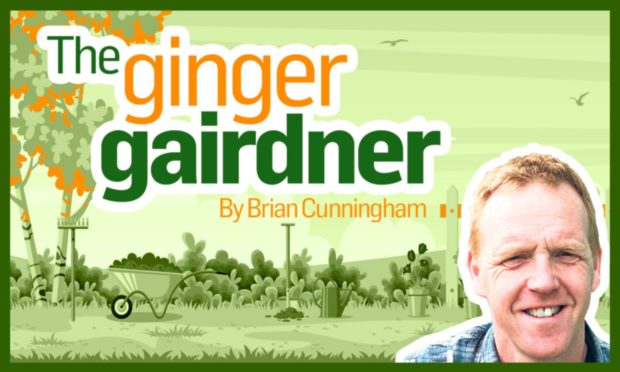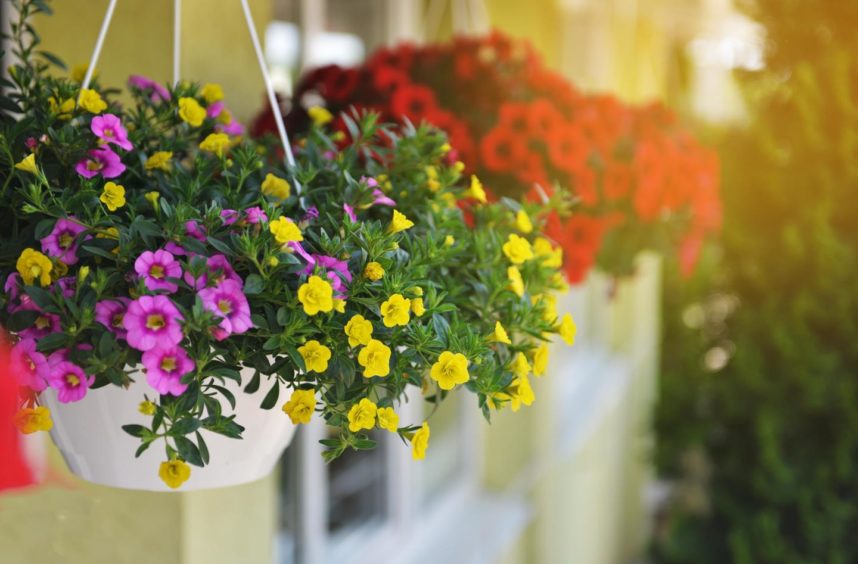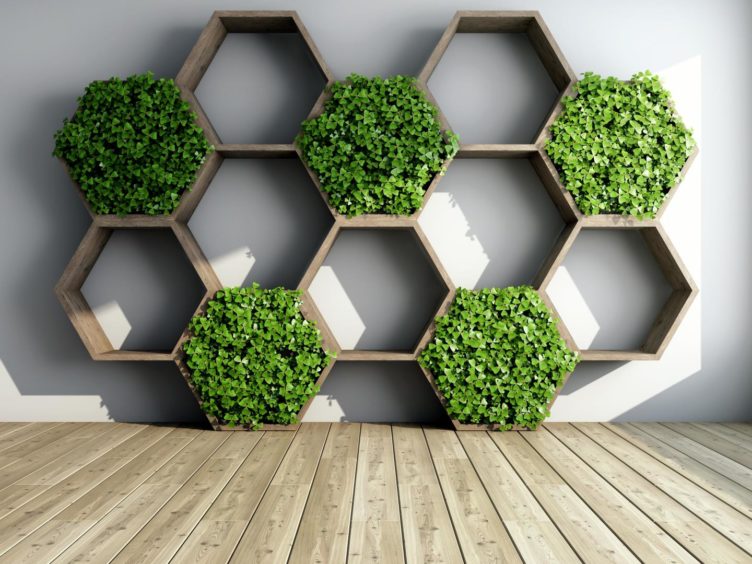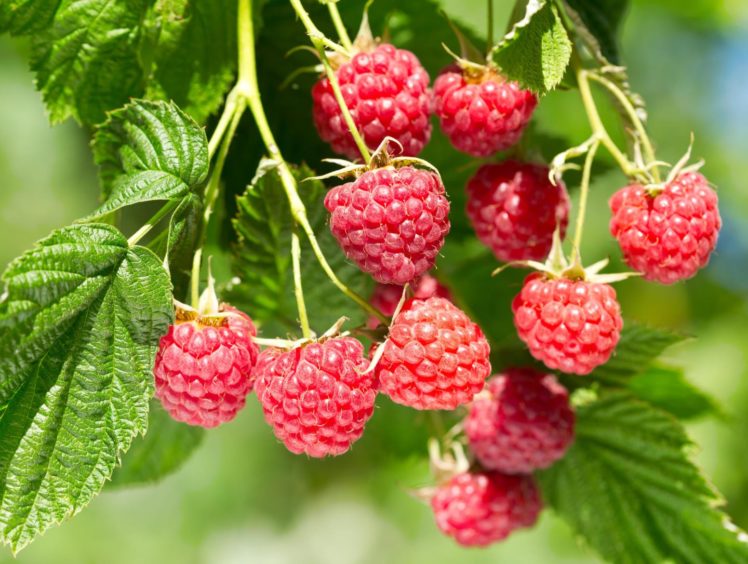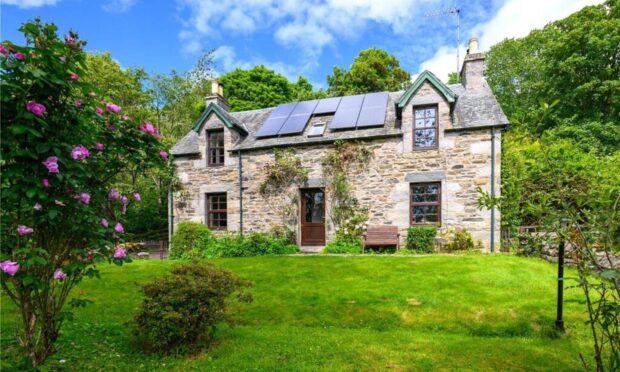When I look at new build houses these days, as nice as they are there just doesn’t seem to be much of a garden with them.
I guess some folks will be happy with this but I still can’t help feeling flat about it. What a sad-looking place the world will be if our homes aren’t decorated with plants outside them, adding splashes of seasonal colour to our lives to break up the dreary concrete jungle.
By the time you put up a shed, a washing line and a few things for the kids to play with that doesn’t really leave room for much garden. Us gardeners need to be thinking out of the box and get creative with our growing methods to make the most of every inch of space available to us.
Hanging basket and window box displays held in place by brackets and a few screws make such a difference.
I love the dazzling summer displays of surfinia Petunias, Geraniums, silver foliaged Helichrysum, Fuschia, Begonia and trailing golden Lysimachia that these were made for but in times of need are also perfect sized for growing salad leaves and aromatic herbs.
We’re making the most of our walls too these days by gardening vertically, either maximising limited space or taking advantage of ideal situations in both practical and stylish ways.
Pots secured to wire netting, placing pallets on their ends with a bit of joinery using the undersides as a planting box, plus getting creative by using old mirror frames painted with bold colours and planted on the insides with succulents.
I just consider myself to be a plain and simple, practical gardener, never in a million years would I be able to come up with such an imaginative idea like that but I love all this and is one of the reason why I just love gardening so much.
As part of growing more of my own this year I’d like to grow more soft fruit – low growing plants that bear soft and juicy fruit such as berries and currants. Us Cunninghams enjoy a lot of these fruits, especially with our breakfast, mixing in with yoghurts and of course in desserts as pies or sauces.
I don’t want to be converting any more of my lawn into a cultivation area, even though these plants will generally perform better and be easier to maintain this way. Instead I’m going to grow a selection of soft fruit in containers, taking the opportunity to brighten up a concrete seating area despite the tasty temptations that will now be close to hand.
Of all the soft fruits I’m surprised raspberries can be grown this way due to the way they grow, producing canes direct from their roots.
The key is a good sized pot around 40cm/16in in diameter. My plants came as bare roots at the end of winter and to ensure the new canes that grow will be evenly spaced around the pot, I spread the roots out as well as I could.
Raspberries produce a cane one year that will fruit the next so as they grow taller I will need to support them a hazel rod or length of bamboo. After the canes have fruited it gets cut right down to the ground having completed it’s job of providing us with juicy raspberries.
The growing compost required is a mix of four parts multi purpose to one part John Innes which is soil based. This will help give the container support as it negotiates it’s way through the winter.
Using the correct compost mix for different fruit is important, though gooseberries aren’t fussy what they grow in. They can be vicious plants with their thorny stems but the variety I am growing ‘Nibbles’, has not only been bred to have aromatic red fruits but also slightly less thorns, making it a good choice if you have children or pets.
Blueberries prefer acidic soil
Blueberries prefer acidic soil so choose an ericaceous compost for container growing. They are mostly self-fertile plants but growing more than one variety beside each other will allow cross pollination and more success. Rainwater is best used when watering blueberry plants.
As soft fruits are juicy and fleshy they require lots of water to grow successfully, maybe lots is too strong a word but it’s important not to let their containers dry out. Additional feeding is important too.
When we freshly pot on our plants, the compost we use will only have sufficient nutrients for about 4-6 weeks, where we will then need to top up with some regular feeding at least every fortnight. Always check the labels of what you buy to ensure it is suitable to be used on edible crops and look out for a special ericaceous feed for blueberries.
Blackcurrants are also good for containers and I’m licking my lips at the thought of testing my first home-grown strawberry of the season. Maybe I should say I’m more intrigued as this year I’m growing ‘Snow White’, an unusual white variety that tastes of pineapple!
That’s going to be interesting…
